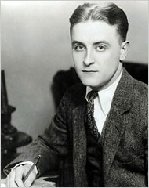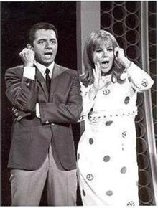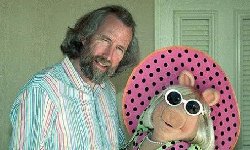According to the corporate website, Charles Alexander See II (1882–1949) arrived in the United States from Canada in 1921 with his wife Florence MacLean Wilson See (1885–1956), and his widowed mother Mary Wiseman See (1854–1939). Mary See had developed the recipes that became the foundation of the See's candy business while helping run her husband's hotel on Tremont Island in Ontario.
The family opened the first See's Candies shop and kitchen at 135 North Western Avenue in Los Angeles in November 1921. They had twelve shops by the mid-1920s and operated thirty shops during the Great Depression. See's first white and black "all porcelain" store was opened in Bakersfield, California on May 1, 1941.
In 1936 See's opened a shop in San Francisco. It moved operations to make creams and truffles (60% of product sales) to South San Francisco in order to take advantage of the location's cold weather.
In 1972, the See family sold the company, which generated $4 million in pre-tax profit that year, to Berkshire Hathaway for $25 million. On January 3, 1972, Blue Chip obtained a controlling interest in See's Candy Shops. Blue Chip later acquired 100% of See's for an overall price of $25 million. Wesco Financial Corporation was an 80.1% owned subsidiary of Blue Chip Stamps until its complete merger into Berkshire Hathaway in 2011. Warren Buffett has called See's "the prototype of a dream business." (2007) At a 1996 luncheon in San Francisco, Charlie Munger revealed that See's was the first high quality business that Berkshire ever bought. Previous to that point, Berkshire had focused on undervalued assets that could be bought cheaply. The See's acquisition influenced their commitment to buying businesses with a strong reputation and brand recognition.
1924 – Sheila MacRae, singer & actress (d.2014)

1930 – John W. Young, American astronaut (d.2018)
1936 – Jim Henson, American puppeteer (d. 1990)
1941 – Linda McCartney, American singer and photographer (d. 1998)
For those who enjoy hunting and fishing, doing so responsibly is important. Following safety guidelines keeps them and others safe. However, they also strive to keep their hobbies alive. To do so, they follow the laws and guidelines put in place for each season.
Every year, limits fluctuate depending on the population of birds, fish, and other game. At times, the population is so high, there’s a need to reduce an invasive species. Other species require careful regulation to prevent over hunting and fishing.
While hunting or fishing, many enjoy the beauty of nature. They explore areas of the country they may not normally see. Wilderness brings families together or friends for bonding time. Hunting and fishing are about respect for the land, the habitat, and each other, too.
HOW TO OBSERVE HUNTING AND FISHING DAY
Take the day to go out hunting or fishing. Be safe. Follow posted guidelines and hunt within the season. Share your experiences and enjoy the great outdoors. While you’re out, be sure to take an active role in teaching future generations.
NATIONAL HUNTING AND FISHING DAY HISTORY
The day dates back to the 1960s. In 1972, by Senate Joint Resolution 117, Congress requested the President to declare the fourth Saturday of September 1972 as National Hunting and Fishing Day. On May 2 of the same year, President Richard Nixon signed proclamation 4128 designating the observance to occur the Fourth Saturday in September.












1 comment:
My favorite nuts & chews. Yummy.
Post a Comment